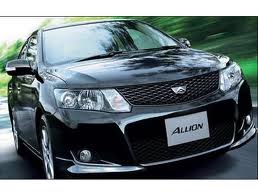It’s a very common misconception that a car’s water pump controls the pressure inside its radiator. That is grossly wrong: coolant caps are almost entirely responsible for exerting pressure inside your car’s cooling system in order to raise or lower the coolant’s boiling temperature. It’s important to know how these caps work so that you are able to determine what makes a high-quality cap and which kind of cap is best suited for your automobile.
In general, the higher the PSI of the cap (potential PSIs generally range between 4 and 30 from great manufacturers), the more pressure is allowed to be sustained inside the cooling system before the coolant is drained and allowed to cool once more – preventing internal components from melting or bursting from temperatures and pressures that are too high.
Every engine is designed to sustain a certain range of PSI – check with your engine or car’s instructions from the manufacturer to know what pressure is best. If you purchase a replacement or upgraded cap that is too heavy, then it will allow a pressure build that is too intense for your engine, but if you get a cap that is to light, the coolant will boil too easily and flush without any sort of efficiency.
There are two major options to consider when buying aftermarket caps for your vehicle: standard coolant caps or safety lever caps. A great standard cap generally has two external layers, so that the outside of the cap screws and rotates independently from the inside, ensuring an easy tightening process. The special safety lever caps clamp on after screwing, and when the clamp is released, the pressure that has built inside the cooling system is flushed to allow for a safer removal process.
When shopping for coolant caps or any aftermarket cap or automotive thermostat, there are a few things to look for in a manufacturer. First, do they carelessly ship all of their manufacturing to unreliable and cheap factories in order to cut costs? Look for manufacturers that prioritize the quality of their parts over investing as little into capital as possible – you don’t want to run the risk of your new part failing unpredictably. Also, look for any recognitions or awards that the manufacturer has earned. Don’t just trust any flashy and cheap new manufacturer on the market – look for one that has earned the trust and satisfaction of many customers. Finally, investigate the quality of their customer support. If you run into any problems or your part happens to break or fail prematurely, the lack of a strong customer support system will be a tremendous boon for you.








